is it safe to drive on a plugged tire? [Expert Answer]
![is it safe to drive on a plugged tire? [Expert Answer]](https://tiretalks.com/wp-content/uploads/2023/04/FaXa2N0XwAEuLze.jpg)
There is a lingering question among drivers: “Is it safe to drive on a plugged tire?” Tire punctures are an unavoidable part of driving, and it’s essential to know the best course of action when faced with a punctured tire.
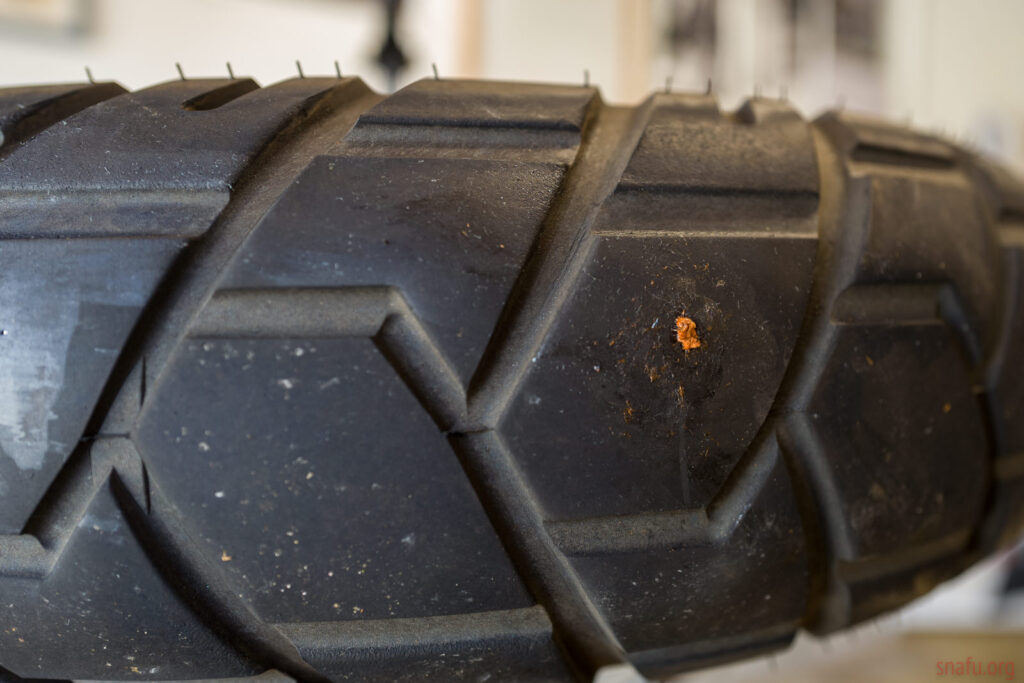
In this Post, You’ll Learn About
- What is Tire Plugging?
- can you plug a tire in the tread?
- Temporary vs. Permanent Tire Repair
- Is It Safe to Drive on a Plugged Tire?
- Risks of Driving on a Plugged Tire
- How to Drive on a Plugged Tire
- what does a plugged tire look like
- how fast can you go on a plugged tire?
- is plugging a tire illegal?
- FAQs About Plugged Tires
What is Tire Plugging?
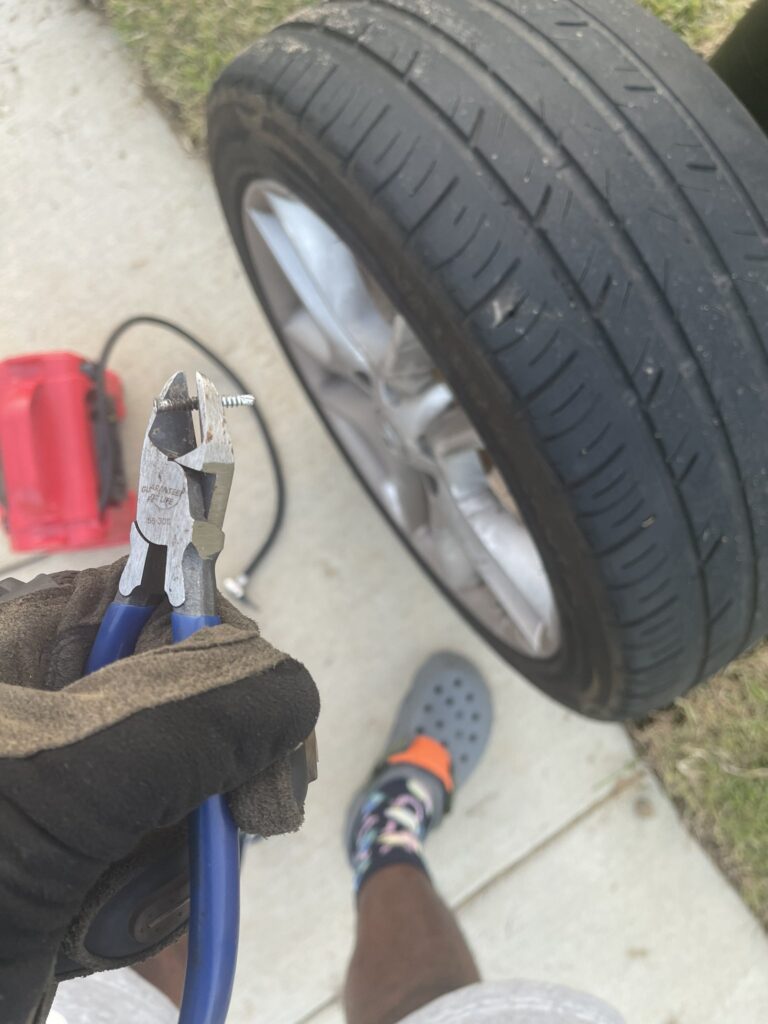
Tire plugging is a common method used to repair a punctured tire. It involves inserting a plug made from a rubber compound and adhesive material into the puncture hole, sealing it temporarily.
The plug creates an airtight seal, allowing the tire to hold air and maintain pressure. Tire plugging is a popular DIY solution and a go-to quick fix for many drivers.
can you plug a tire in the tread?

Yes, you can plug a tire in the tread if it has a puncture. Plugging a tire involves inserting a rubber plug into the puncture hole to seal it and prevent air loss.
This method is typically used as a temporary fix until you can replace the tire or have it professionally repaired.
To plug a tire in the tread, follow these steps:
- Locate the puncture
- Remove the object
- Prepare the puncture hole
- Apply rubber cement
- Insert the plug
- Cut off any excess plug material protruding from the tire’s surface.
- Refill the tire with air to the recommended pressure.
- Apply soapy water to the puncture site to check for air bubbles, which would indicate that the plug is not sealing properly.
Temporary vs. Permanent Tire Repair
It’s important to differentiate between temporary and permanent tire repair. Tire plugging is considered a temporary solution, primarily because it addresses only the puncture’s exterior.
Over time, the plug can wear or become dislodged, leading to air leaks and potential tire failure. A permanent tire repair, on the other hand, involves patching the tire from the inside using a combination of plug and patch materials. This method provides a more robust and long-lasting repair.
Is It Safe to Drive on a Plugged Tire?
Driving on a plugged tire can be safe under specific conditions. If the puncture is small (up to 1/4-inch in diameter) and located on the tread area, a tire plug can provide a temporary solution for getting you to a repair shop.
Risks of Driving on a Plugged Tire
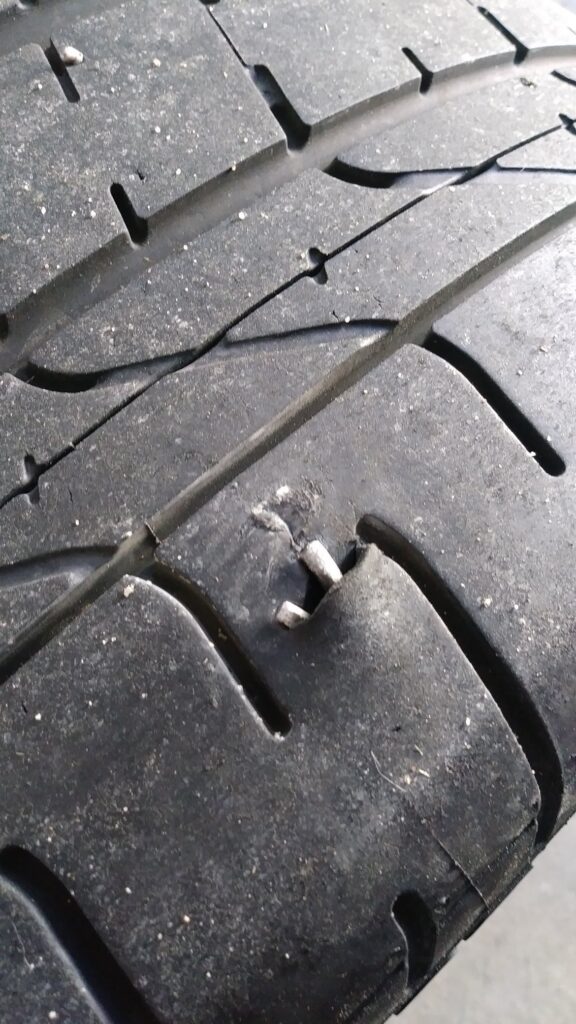
While driving on a plugged tire can be safe in some situations, there are risks associated with this temporary repair:
- Tire failure: Plugged tires are more susceptible to failure due to weakened structural integrity. This risk increases if the puncture is located on the sidewall or shoulder.
- Reduced handling and performance: A plugged tire may not provide optimal traction or handling, particularly in wet or slippery conditions.
- Repeated punctures: A plugged tire is more prone to additional punctures and damage, leading to further repair or replacement costs.
- Limited high-speed capability: Driving at high speeds can cause increased wear and stress on a plugged tire, potentially leading to failure.
How to Drive on a Plugged Tire
If you must drive on a plugged tire, follow these best practices to minimize risks:
- Drive at a medium speed to reduce stress on the tire and prevent further damage.
- Monitor tire pressure
- Keep a close eye on your tire pressure and check it regularly. A sudden drop in pressure may indicate a problem with the plug or another issue with the tire.
- Plugged tires are best suited for short distances, allowing you to get to a repair shop or a safe location. Avoid embarking on long trips or high-speed drives with a plugged tire.
- Always carry a spare tire in your vehicle. If the plugged tire fails, you’ll have a backup solution to get you back on the road.
- Plugging is a temporary fix. It’s essential to have the tire professionally patched or replaced as soon as possible to ensure safety and optimal performance.
what does a plugged tire look like
A plugged tire will have a small, visible rubber plug protruding slightly from the tread where the puncture occurred.
The plug is usually made of a durable, sticky, rubber compound and is inserted into the hole to seal the puncture. The plug's color may be black or brown, depending on the type of plug used.
Once the plug is inserted and any excess material is trimmed, it will blend relatively well with the tire’s tread, although it will still be noticeable upon close inspection. Over time, as the tire wears down and accumulates dirt and debris, the plug may become even less noticeable.
how fast can you go on a plugged tire?
You can go around 50 MPH on a Plugged Tire. but it’s essential to exercise caution and avoid high speeds or aggressive driving.
is plugging a tire illegal?
Plugging a tire is not illegal, Plugging a tire is generally considered a temporary fix for small punctures in the tread area, intended to get you to a repair shop or home safely.
FAQs About Plugged Tires
How long can I drive on a plugged tire?
It’s best to drive only as far as necessary to reach a repair shop or safe location. While a plugged tire can last several miles or more, driving on a plugged tire for an extended period is not recommended.
Can I plug a tire more than once?
In general, it’s not recommended to plug a tire more than once. Multiple punctures can compromise the tire’s structural integrity and increase the risk of failure. Consider patching the tire or replacing it entirely in such cases.
Can I use a tire plug on a run-flat tire?
No, it’s not recommended to use a tire plug on a run-flat tire. Run-flat tires are designed to maintain structural integrity even when punctured, and using a plug can interfere with their performance. Consult your vehicle’s owner manual or consult a professional for proper repair options.
Is tire plugging legal?
Tire plugging is generally legal, but it’s essential to follow proper installation procedures and guidelines.


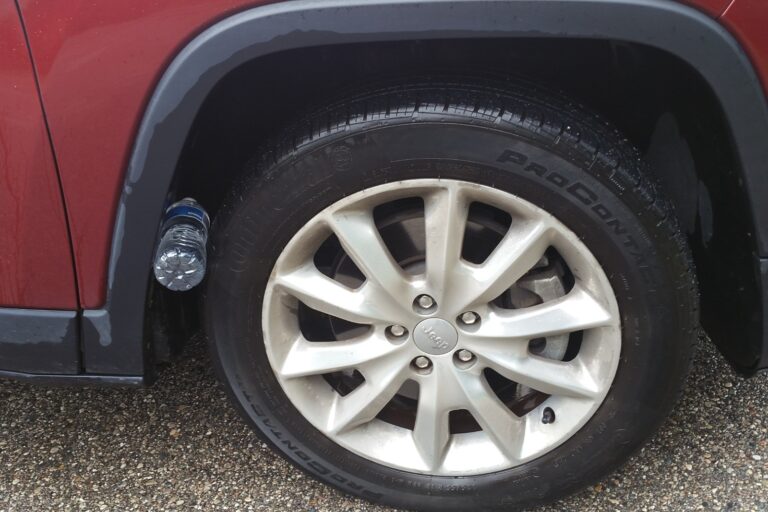

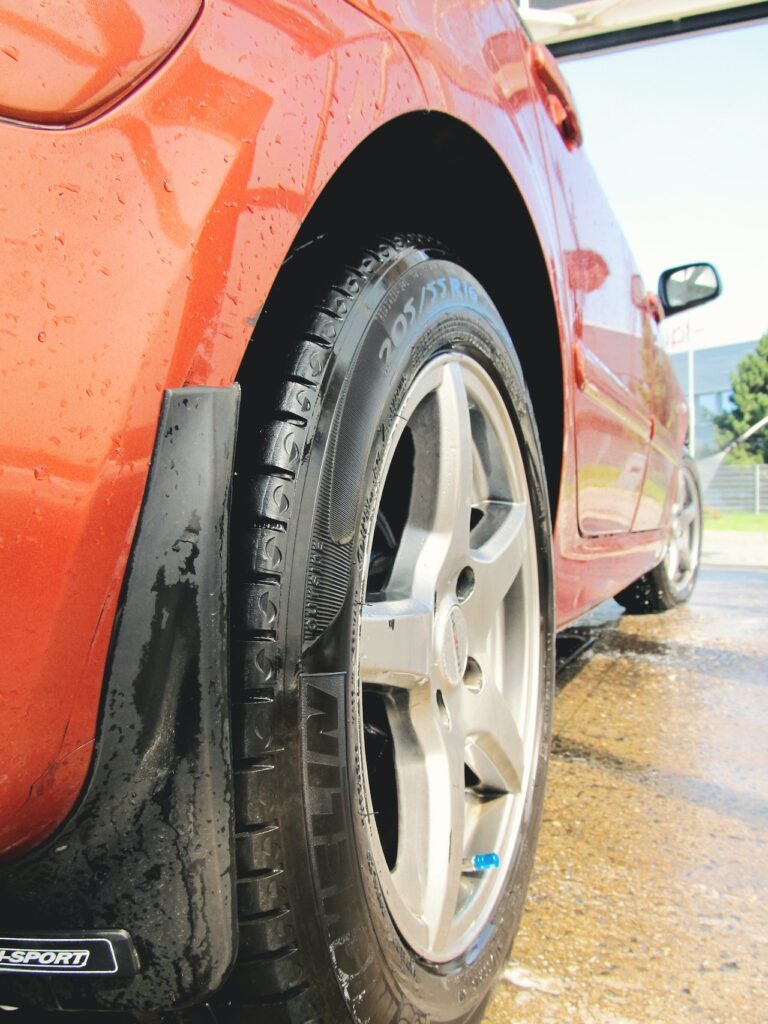
![Gemini vs. induction Wheels: Which is Better? [Detailed Guide]](https://tiretalks.com/wp-content/uploads/2023/09/49753146901_dbff56238a_b-1-768x512.jpg)